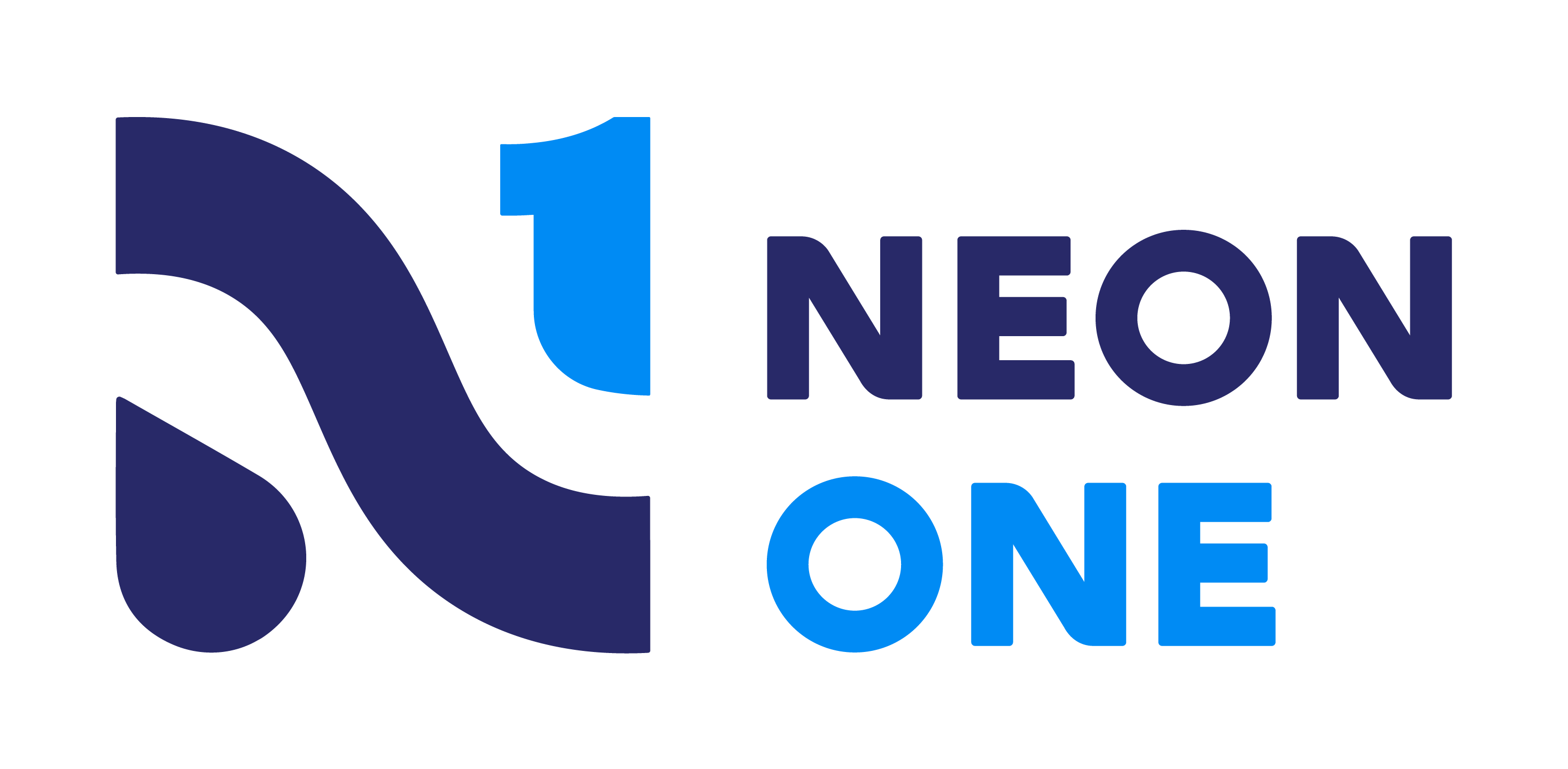
Courage to Lead in the Nonprofit Sector
September 22, 2023
Nonprofit Fundraising Technology Trends
September 28, 2023Every Nonprofit Employee Deserves to Retire with $1 Million or More in Their 401(k)—With the Right Retirement Plan, It’s Possible
The typical narrative about the nonprofit employee is that they so deeply believe in the mission that they are willing to sacrifice their own financial stability in order to help facilitate meaningful change in the world. No doubt more than once, they’ve probably received the most unhelpful feedback: “You’re not going to get rich working for a nonprofit!”
Yet, there’s no reason why nonprofit employees can’t be saving the world while meaningfully saving for their own future. If you start early and are consistent with your savings, nearly anyone can become a 401(k) millionaire. And it’s even easier if you have some support from your employer.
Providing life-changing benefits to your deserving employees
Let’s imagine a 25-year-old nonprofit employee who earns $58,000 a year. If she invests 6% of her salary a year, her employer matches 3.5%, and her investments see an 8% annual rate of return, she’ll have more than $1 million saved by retirement. If she’s able to save 10%, her retirement nest egg grows to over $2 million.
It should go without saying that nonprofit employees should be able to retire comfortably after years of dedicating themselves to helping others. But frequently, these hardworking, dedicated employees aren’t receiving the same quality benefits that their corporate counterparts enjoy.
Sure, nonprofit leaders have a lot of competing responsibilities. And managing a nonprofit budget requires leadership to make sure that donor dollars are used efficiently to help the cause. It’s not entirely surprising that employee benefits might be one of the last things a nonprofit leadership team wants to worry about. But that could ultimately hurt the mission.
Caring for your employees should be a top priority. Offering a 401(k) with matching should be standard in the industry. When every dollar of a nonprofit’s budget matters, it’s more important than ever to make sure you’re taking care of your employees in an effort to retain the best team for your organization.
Choosing the right retirement plan for your nonprofit employee
There are a number of retirement plan options for nonprofits to choose from. Most have heard of the 403(b), which is the traditional nonprofit retirement plan. In many ways, a 403(b) plan is similar to the widely used 401(k) plan. A 403(b) plan allows employees to set aside some of their salaries each pay period in individual retirement accounts, and the money is allowed to grow tax-free until it’s withdrawn.
The investment options available through 403(b) retirement accounts are typically more limited than the options associated with some other retirement savings plans. Generally, 403(b) account investments are limited to annuities and mutual funds, and these plans typically do not offer an employer match.
But one of the biggest drawbacks to a 403(b) plan are the fees. A 2022 study from the U.S. Government Accountability Office found that the expense ratios for the annuities and mutual funds range from about 0.01% to 2.37%. That amounts to investments costing up to 237 times more than other lower-cost retirement plans. Additionally, there may often be surrender fees, or fees for selling or withdrawing money from an investment within a set period of time, charged when investing in annuities in a 403(b) account. Surrender fees can be as much as 10%.
These fees can have a huge impact on a nonprofit employee’s long-term savings goals. When you only have a small amount to invest in the first place, you want to make sure you’re not paying more in fees than you’re earning on your investments.
Let’s go back to our young nonprofit employee. If she’s paying 2% AUM fees each year, she’ll forfeit more than $600,000 over the course of 40 years. Even an AUM fee of 0.5% will cost her $200,000+ over the course of 40 years.
While 403(b) retirement plans have been a nonprofit standard for years, there’s no reason why your organization can’t use a more cost-effective plan that ensures your employees can enjoy the full benefits of the years they spent working and saving.
The benefits of a Safe Harbor 401(k)
The most widely offered retirement plan option, 401(k) accounts allow employees to make pre-tax payroll contributions from their paychecks each pay period in the same manner as 403(b) plans. And like 403(b) plans, the money is allowed to grow tax-free until it’s withdrawn during retirement.
A 401(k) plan typically offers employees a wider range of investment options including stocks, bonds, and mutual funds. Equally importantly, when offering a 401(k) retirement plan, employers, including nonprofits, can make contributions to employee accounts, thus helping employees to be more adequately prepared for retirement. Fees tend to be lower as well. The best 401(k) plans offer AUM fees that are less than one percent. Unfortunately, many of the big financial institutions charge their customers upwards of 2%, which again, can take a big chunk out of an employee’s long-term savings.
While the investment diversity is indeed a benefit, as is the ability to make matching contributions, traditional 401(k) plans also come with more significant reporting and administrative requirements. Specifically, traditional 401(k) plans must adhere to non-discrimination rules established by the federal government. And to ensure that plans meet these requirements, employers must conduct annual tests known as the Actual Deferral Percentage and Actual Contribution Percentage tests. As the IRS explains, these tests are designed to verify that deferred wages and matching contributions from employers do not favor employees who are more highly compensated.
But don’t let these administrative requirements trip you up. With the right 401(k) provider, you won’t have to worry about these steps. One of the best solutions is a Safe Harbor 401(k). A Safe Harbor 401(k) is a type of retirement savings plan that allows employers to avoid most annual compliance testing that traditional 401(k) plans must undergo. If a company meets the requirements for Safe Harbor matching contributions, it is deemed to be in compliance with certain nondiscrimination tests.
By offering employees a Safe Harbor 401(k), nonprofit leaders can avoid losing time on all the administrative headaches that used to be involved with offering an employer-sponsored retirement plan. All they have to do is set up the plan, automatically enroll their employees, and start matching their contributions.
Employer-sponsored retirement plan benefits everyone
Offering a 401(k) plan and a match can make a meaningful difference in an employee’s life. But it can also have a huge impact on a nonprofit. A 2023 Morgan Stanley study found that 92% of employees view retirement planning assistance as a priority when choosing where to work.
Keeping a good employee will not only save nonprofits money potentially lost to recruiting costs, but also help them earn more in the long run.
Time is also of the essence, as there’s never been a more affordable time to set up a new 401(k) plan. Small business employers, including nonprofits, with up to 50 employees, are eligible to receive a tax credit covering 100% of administrative expenses (up to $5,000) for the first three years of a new plan.
Offering a cost-effective 401(k) plan to your nonprofit employees is a win for everyone. You can help them achieve financial security while they help you achieve your goals for saving the world.
The post Every Nonprofit Employee Deserves to Retire with $1 Million or More in Their 401(k)—With the Right Retirement Plan, It’s Possible appeared first on Nonprofit Hub.
